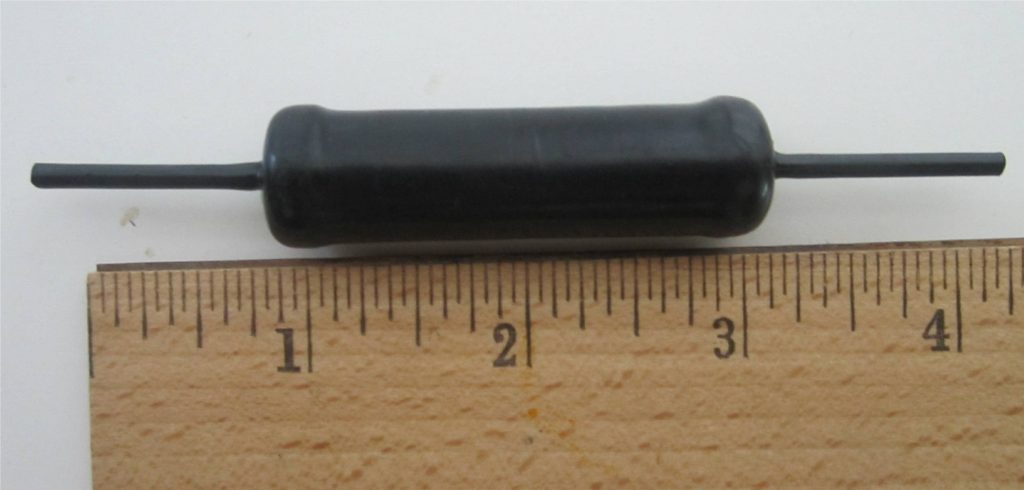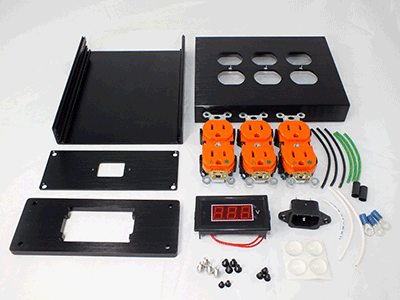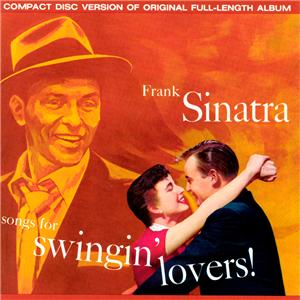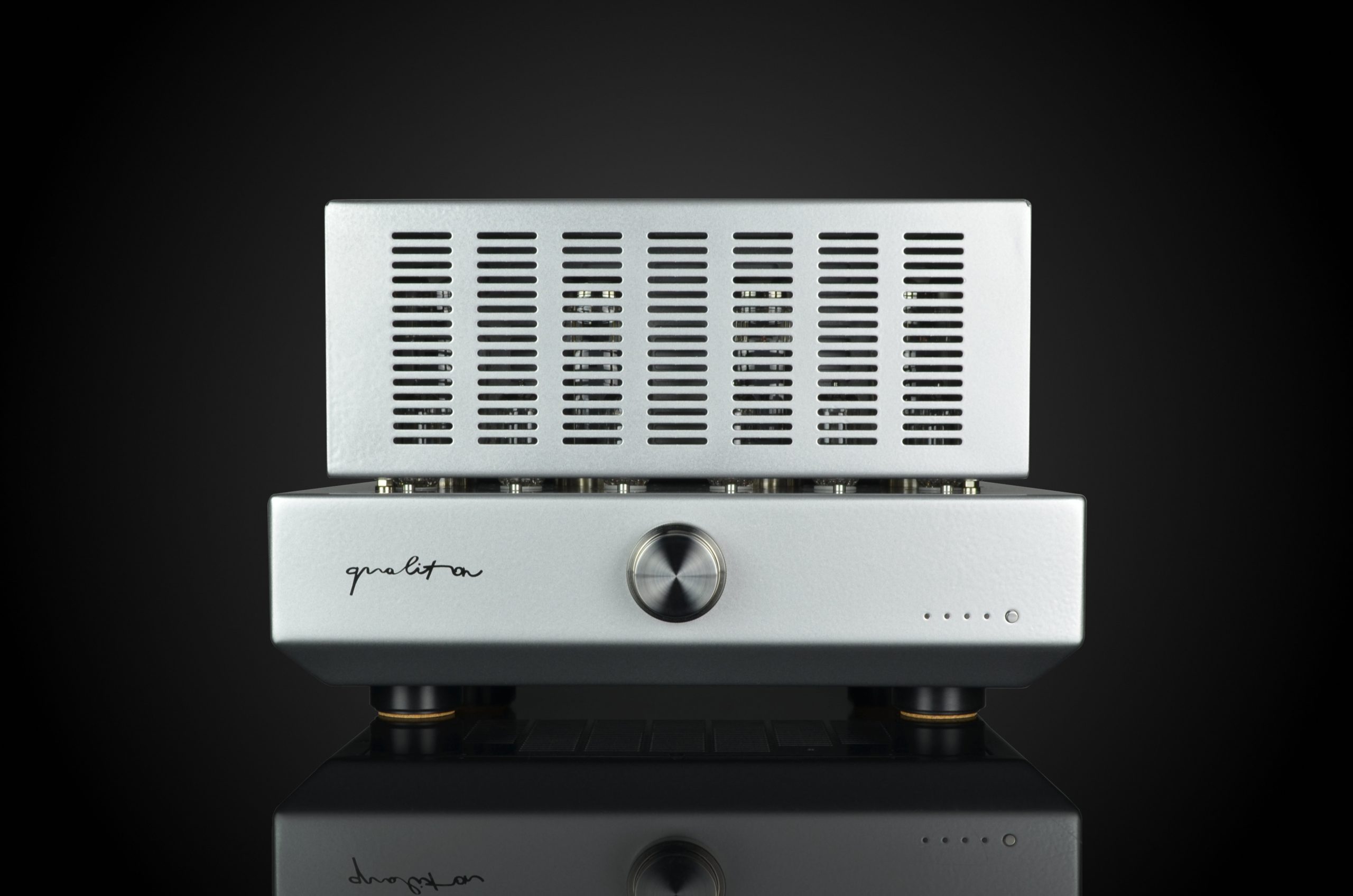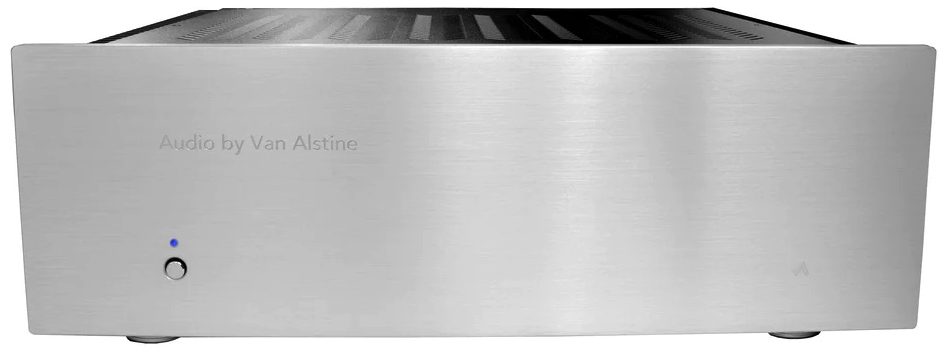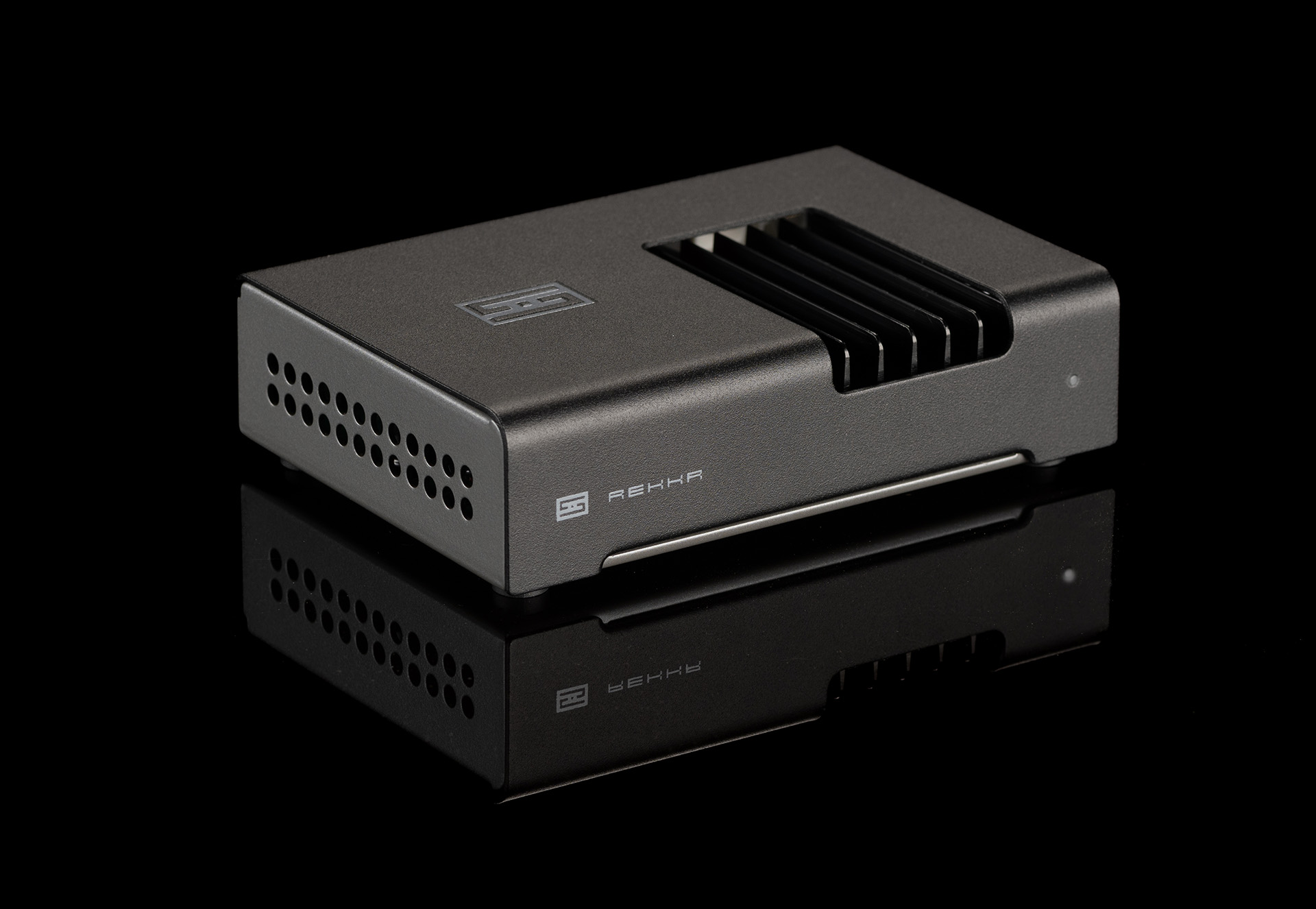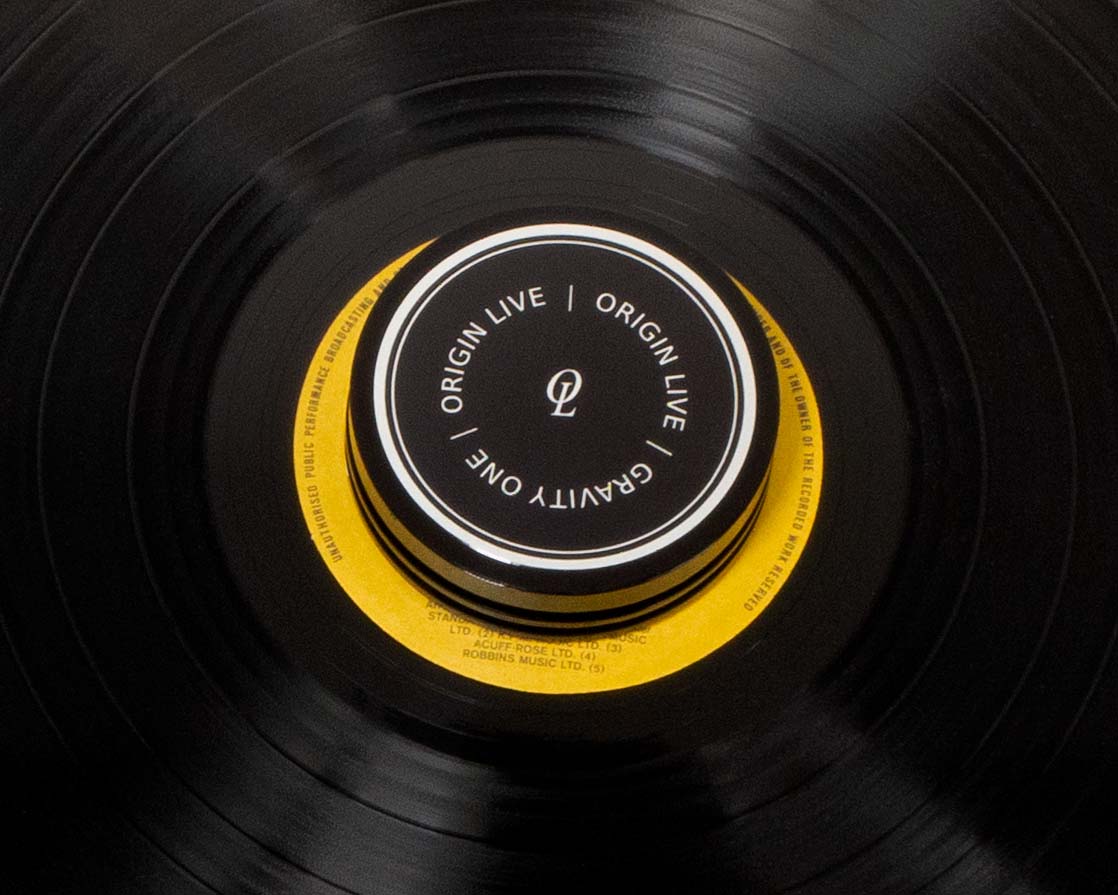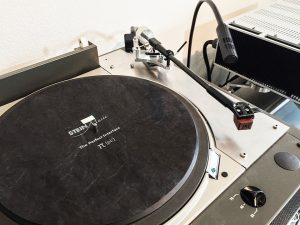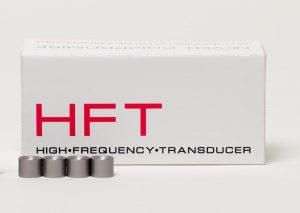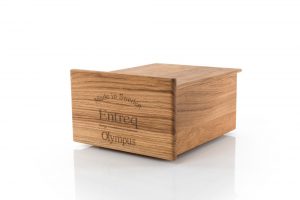Bybee filters. These things have been available for audio in various iterations for nearly twenty years, as far as I can tell. The filters are said to employ some of the technology used to reduce the noise floor of military submarines to improve sonar performance. I first read about these in the early 2000s, if not the late 1990s. They were received as ground breaking and worthwhile upgrades, but for me there was a flaw. One needed soldering skills and an understanding of how and where to insert the filters. I possessed neither and so sat on the sidelines to let others, like Dick Olsher, play with them.
In the interim, I built Twisted Pear Audio's Buffalo 32S DAC and a few subwoofers. Those projects gifted me a raft of mistakes, er, a lot of learning. With increased practice in related and unrelated DIY projects my confidence and competency has grown. I thought of the Bybee filters again after reading Francisco Duran's note on the Wells Audio Looking Glass filter (HERE). I've known Francisco for more than twenty years and called him up to ask about the Looking Glass thingie. As effusive as he was in writing, he was even more so privately. This is what provided the impetus to test things about.
Bybee's webpage states it now incorporates a new "Crystal Technology." From Bybee's webpage:
"Carbon atoms are present in all living things, and in the air. Nearly 99% of the carbon atoms are C12 atoms, while less than 2% of the remaining atoms are C13. Bybee Technologies has developed a product that is energized by a surrounding energy field. Once energized, our product resonates at the same frequency as the C13 atom. Consequently, this creates a magnetic field of force effect. In this magnetic field, the polarity of all electrons and protons are altered, affecting their oscillation by making them more aligned with each other. This reaction creates an affect that makes the transfer or sharing of electrons between atoms more streamline and efficient; and air molecules less resistant. This technology is now engineered into all of the Bybee Products."
I add this uncritically because... I'm neither a physicist nor an engineer, but I lucked into a B, er worked hard to earn a "B" in Physics for Poets at UC Berkeley and so I will say, hmm, maybe that's plausible, but, I'll leave it to educated types to wrestle through that.
Before going forward, let me state, that the following project poses significant risks if you are not careful and know what you are doing. This note will not provide you with guidance or directions on how to perform this task safely. If you are unsure about your ability to do the job before you start... DON'T! I stepped into the void of ignorance and came out the other side with a workable device, safely but not without risk. You may not. If the results I write about are attractive, have a knowledgeable friend build this for you; if you make a mistake you could burn your house down, shock the hell out of yourself or maybe even kill yourself. If you don't understand this is a warning of dire circumstances... you're in trouble and should return to your listening seat without trying this project.
Until March 31st Parts Connexion is having a sale on a DIY "power center," ("DIY PC") see HERE At $64 on sale, it was the right price to me. If the project was a disaster, well, that's only a decent family meal out. As I thought about Francisco's project, I thought about the Bybee Filters. Turns out Chris Johnson at Parts Connexion has Bybee Large Quantum Purifier ("LQP") filters on sale, from $199 down to $119. Here's what they look like. These are not the same parts as are in Wells Audio's Looking Glass filter, just an FYI. Chris replied promptly to an email informing me that the LQPs would fit inside the DIY PC. So, I bought two LQPs; one for the "hot" tab on the DIY PC and one on the neutral tab. Again, hoping that this was not a waste of money but definitely uncertain about my results.
Nearly everything you need to do the project is provided, except a power cable to connect to the wall. If you solder this piece, you'll need all of those accouterments and the skills to wield them. Alternately, you can get by using crimp connections, but you'll still need to be able to strip wires, and that sort of thing. I was uncertain that the LQPs would make a difference so I didn't want to test my limited soldering skills. Instead, I crimped the LQP to the IEC tabs and then crimped the LQP to the wires connecting the AC sockets inside. Pictorial instructions are provided online, though for some reason finding the pictorial assembly guide requires you go to the link I've provided, otherwise the pictorial instructions aren't reported.
As a preventative measure, I placed the Power Center on rubber footers to attenuate unanticipated electricity passing through my wooden floors to me—don't know if that's even possible, but hey, I didn't want to find out. Next, I plugged a power cord into the IEC inlet on the DIY PC. With that well seated, wearing rubber sole shoes I moved myself away from the Power Center and plugged the power cord into the wall socket, ready to pull it out quickly in case of fire, stray electricity or Mork being resurrected from Ork.
Nothing! Argh!
I had incorrectly connected the neutral and hot to their respective connectors. Apparently, I've not learned that much. Oops. Swapping those and voila! I had power. The Power Center reports the incoming voltage, and initially read between 119 and 121 volts. The next morning I briefly had 129 volts! As a possible follow-up project I am going to investigate adding voltage regulation inside the DIY PC, but my sense is I'm in deeper than I am competent to handle issue.
Onward... I plugged the Power Center in for a few hours while I stayed in the same room to be prepared for a fire or the like. No fire, thank goodness. As a first test, I plugged in a clock radio I was willing to sacrifice to the DIY gods. With relief, no sacrifice was necessary.
The next day, operating with the belief I would not have a fire or other electrical problem, I plugged the DIY PC into a socket near my system for a few hours to let it flame on or reach thermal stasis, while hoping for the latter. I waited until I'd reached some certainty that nothing "nuclear" was going to happen before plugging any of my gear in. While the DIY PC warmed up, I first played "You Make Me Feel So Young" from Frank Sinatra's Songs for Swingin' Lovers! through my system with nothing plugged into the DIY PC. Not necessarily a rigorous test, but I had my doubts. I chose that album because Frank's voice has a good, natural tone, I like it and I've listened to enough "test" records to be cured of their utility to me. My interest was to hear what, if anything, the DIY PC did to vocals.
I first connected my YBA Alpha 1 preamplifier. Hmm, and Wow! The noise floor dropped rather dramatically. Tone and timbre were unmolested, but a perceived background of... hotness (but not hotness in a good way) dropped away, yielding a more relaxed presentation without, oddly, losing detail, but losing a halo, if you will, around instruments in the upper midrange and lower treble. This was not a sharper sound but simply a clearer "look" at Frank's voice. Next I plugged in Pass Labs' XP-10 preamplifier, this time with my trusty and doubting friend John present. The XP-10' s performance starts without the Bybee filters sounding like the YBA with the Bybees—very appealing. Within thirty seconds John remarked, "Wow! How can that be?"
He meant that the change was easily discernible and for the better. To me, the low frequency response seemed to have more space, with bass performance fuller and yet more nuanced. For those who are wondering, the change for John was not of the same order as spending another $1,000 on a component upgrade (1990 dollars, I might add as John's very fine system hasn't been upgraded since then). That's a pretty darned significant and distinct upgrade.
Next we plugged in my LampizatOr Euforia DAC. Again, a similar experience. The noise floor dropped and tone and timbre remained consistent but again more clearly articulated and delineated and perhaps a bit richer sounding. The change, for John, was again essentially the same in impact and character as the alteration of the XP-10. Frank's voice seemed clearer and richer, again without spotlighting any frequency. An initial concern was whether that increased quiet (decreased noise) was the result of suppressing the upper range of frequency response? Again, the answer was no. The spitty brass sounds in "You Make Me Feel So Young" were again, clearer, more articulated and... three dimensional. Later with other tracks, such as Benjamin Britten's "A Ceremony of Christmas Carols - In Freezing Winter Night" (Opus 28, Simax Classics PSC 1106) and Pope Music's recording of Schnittke's "Gogal Suite" were powerfully replayed with good treble extension.
In the last year I've also experimented with after market AC sockets. I purchased a cryogenically treated socket that received some acclaim at enjoythemusic.com—thank you Jonathan Lo for undertaking that laborious task. This experiment preceded my DIY PC and one I'd forgotten about—it allowed for noticeably more colorful sound when used alone. I bought John one as a house warming gift without telling him my results. He thought an outlet a dubious "upgrade" but installed it anyway. Unprompted by my experience, except to say: try it. His experience mirrored mine.
John then asked if I'd plugged the DIY PC into my outlet? I hadn't. With that, I plugged it into the cryo'd AC socket. Again, Wow! escaped from John's mouth. With this added iteration, the sound I was getting was sweeter and more... emotional, for John and myself. I'd had the DIY PC in place for about a week and without saying anything to my wife asked her to listen with me for a moment, but no comments were forth coming. I said nothing. Later that night after John left, and after plugging the DIY PC into the cry's AC socket, I asked her to listen again. This time she remarked our system was sounding far more "emotional." She confessed at that point she had preferred the Larsen Model 4 speakers (powered by a 20 year old Paraound HCA1205 amplifier) to my reference ATCs because they were more emotionally engaging. But now, she remarked, I like these again, a lot!
I am delighted with my results. As time and funds permit, I'll be building at least one more DIY PC with Bybee filters inside.
Highly recommended.
Bybee
Parts Connexion




